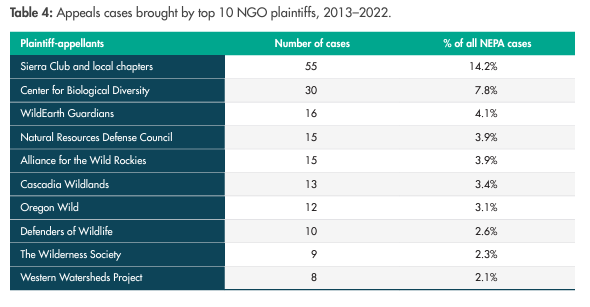bayoublaster7527
Well-known member
- Joined
- Aug 2, 2017
- Messages
- 564
Maybe judges should do better in limiting this type of litigation. That may be a separate issue from EAJA reform though. Clearly the EAJA writers had the best of intentions when crafting this legislation, protecting the ability of citizens with little means to challenge the government in court. I don’t think they had the multi-million (or even billion?) dollar environmental advocacy behemoths like Sierra Club and Center for Biological Diversity in mind when they crafted this bill. And the unintended consequence of creating a lucrative cottage industry for environmental law groups. That’s not to say that EAJA reform may also cause unintended consequences we are not accounting for. I don’t necessarily see EAJA reform as limiting the ability of citizens to pursue litigation, you can still sue the government. Just don’t expect the agency you sued to cover your legal fees if you are a multi-million dollar advocacy group.
I am going to research further, maybe I am missing something. Based on that I may write my Congressional reps. Thanks for start point MtEngineer.
I am going to research further, maybe I am missing something. Based on that I may write my Congressional reps. Thanks for start point MtEngineer.





